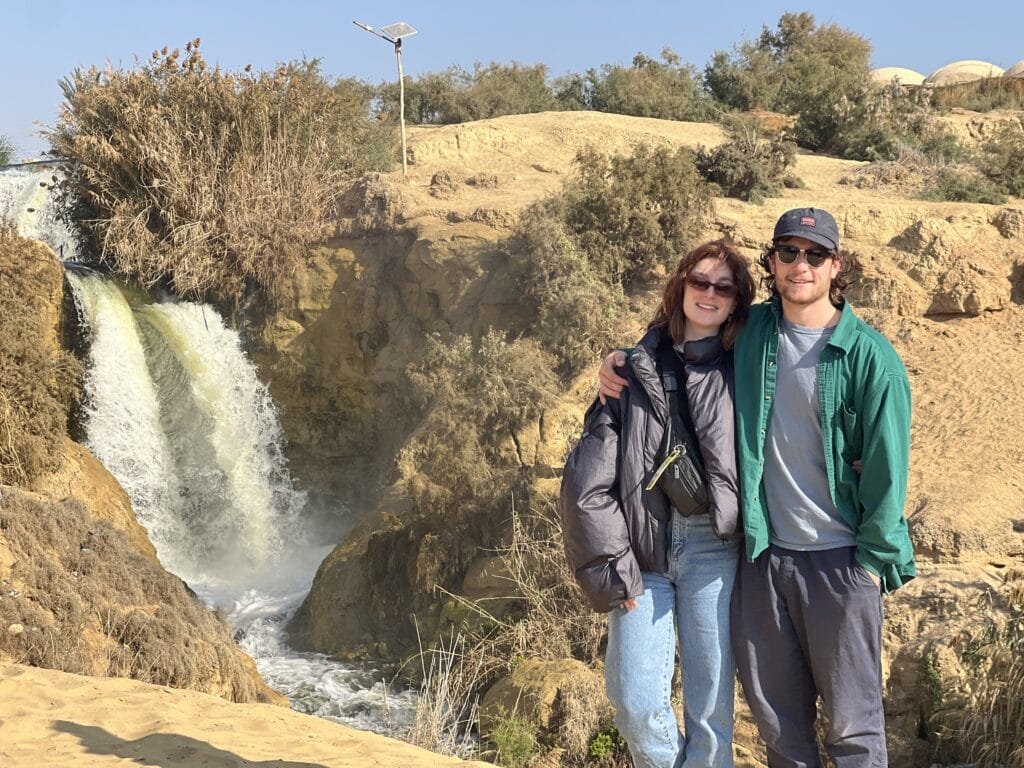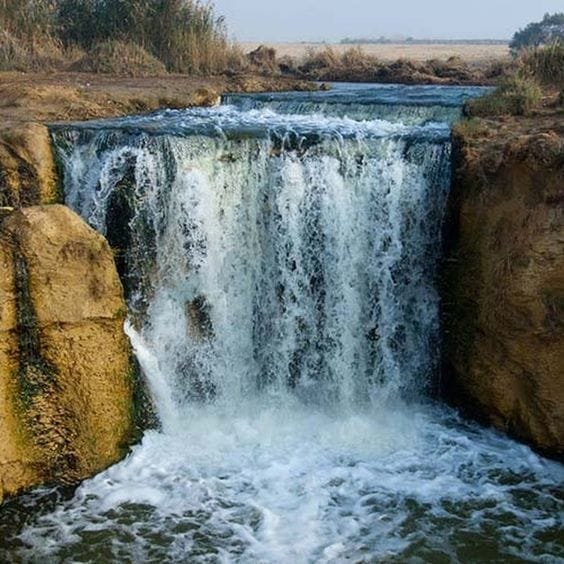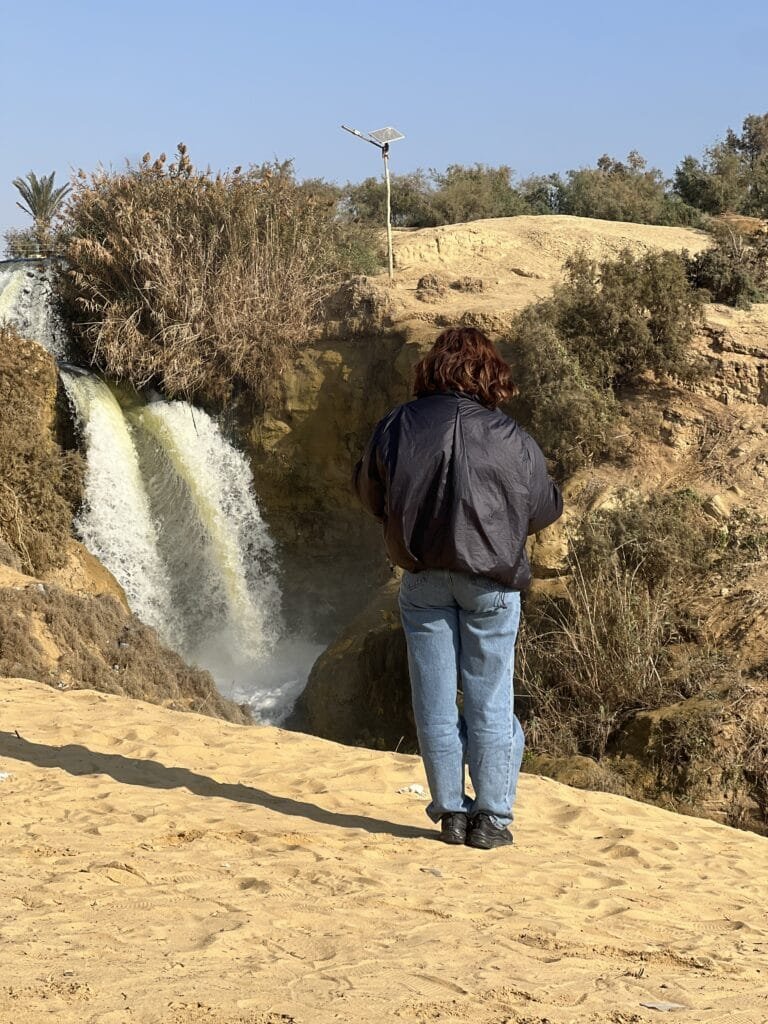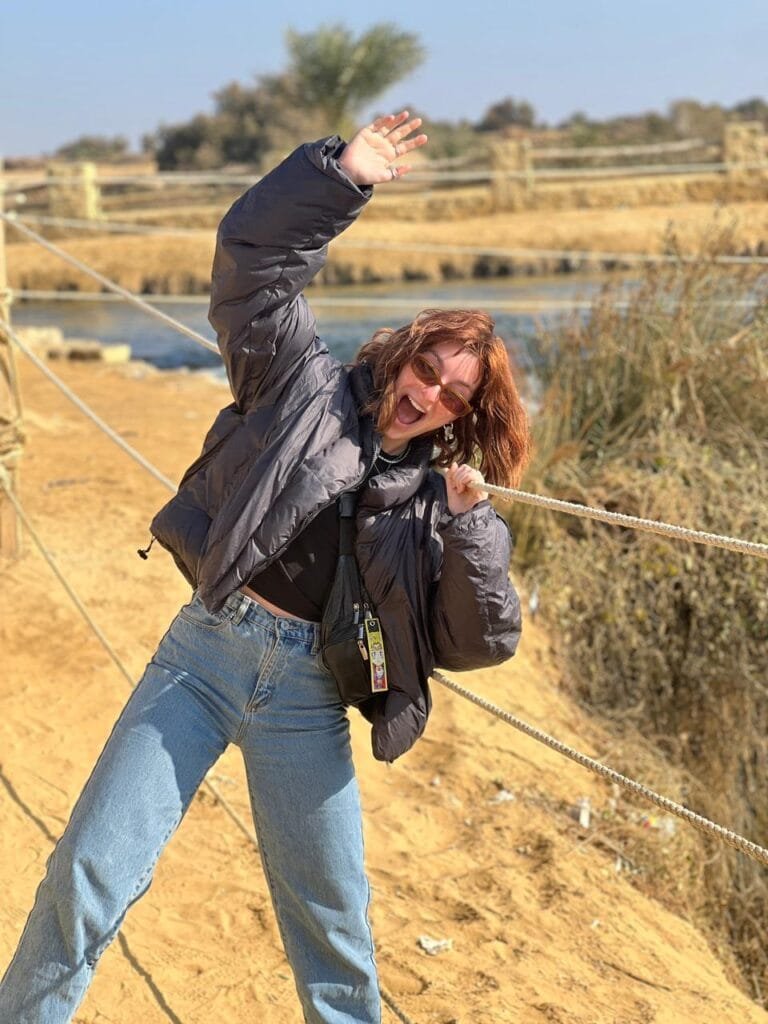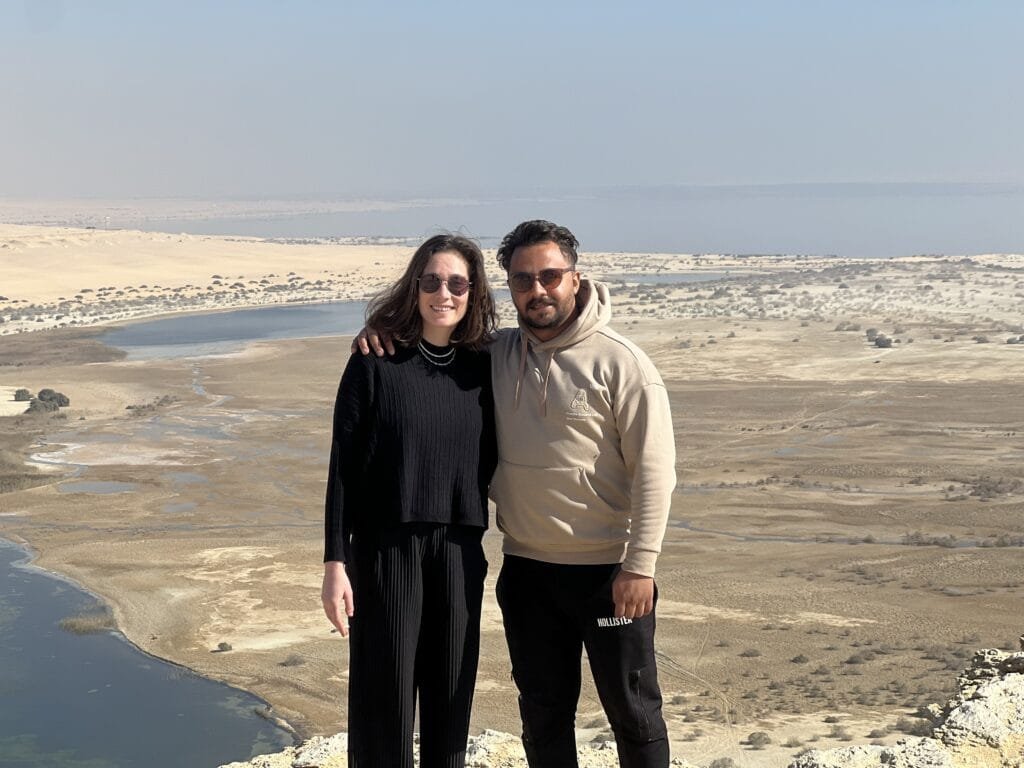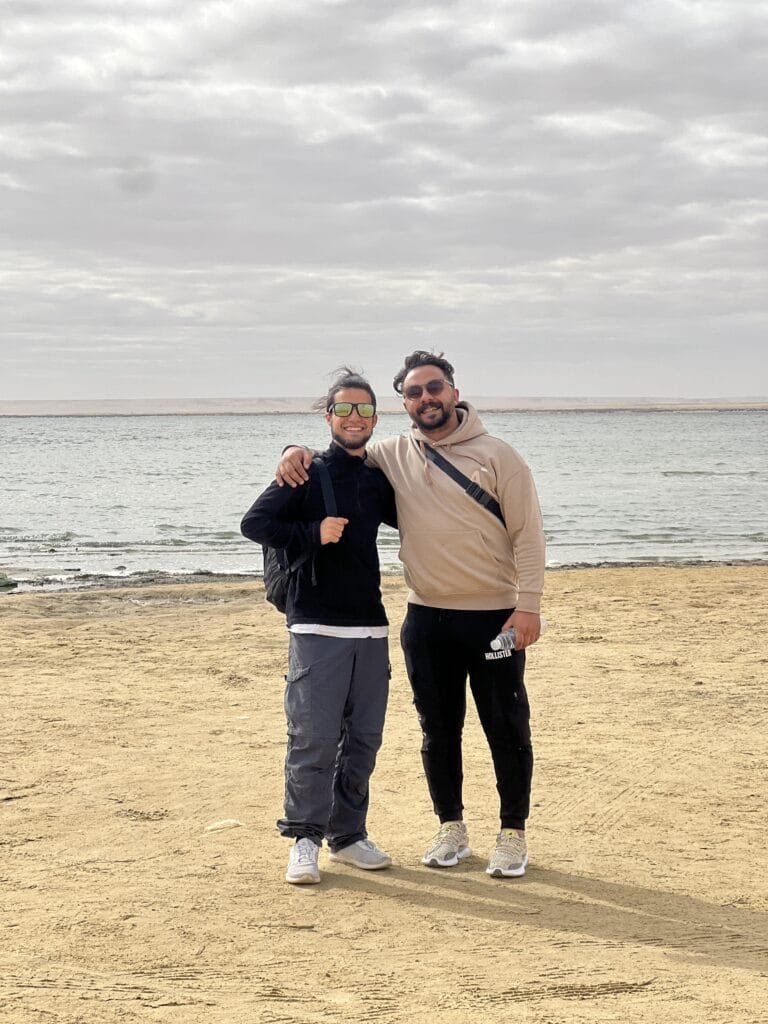Wadi El Rayan, also known as the Valley of El Rayan, is a mesmerizing natural wonder located in Egypt’s Western Desert. This unique destination, which spans approximately 1,500 square kilometers, is a protected area renowned for its diverse landscapes, rich biodiversity, and breathtaking beauty. Situated about 70 kilometers southwest of Faiyum, Wadi El Rayan is home to stunning saltwater lakes, expansive sand dunes, rocky terrain, and Egypt’s largest waterfalls. Created in the 1970s through a water diversion project, the area’s two lakes—the Upper Lake and the Lower Lake—have transformed this desert valley into a haven for wildlife, particularly migratory birds.
Aside from its natural charm, Wadi El Rayan also holds historical significance, as the Faiyum region was an important agricultural and cultural hub in ancient Egypt. Today, Wadi El Rayan serves as a sanctuary for several endangered species, including the Nubian ibex and the Egyptian geese, making it a popular destination for nature lovers, birdwatchers, and outdoor adventurers. With its combination of captivating landscapes, rich wildlife, and cultural heritage, Wadi El Rayan offers a rare and peaceful escape from Egypt’s more bustling tourist sites. Whether you’re seeking to explore the desert’s vast dunes, enjoy a relaxing day by the lakes, or delve into the area’s history, Wadi El Rayan promises an unforgettable experience.


